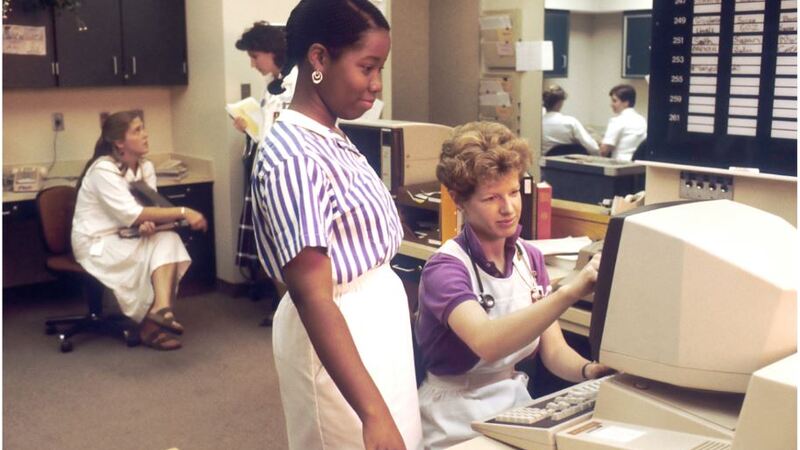Adaptive staffing: Improve efficiency using RPA
by: 11/06/2020 Source: Open Access Government

Adaptive Staffing by N/A is licensed under unsplash.com Unsplash
The use of automation allows healthcare providers to have a real-time view of each patient’s care journey. It is being popularly used to adjust staff requirements to support the fluctuating volume of patients in the emergency department and lower wait times in ambulatory services. A bot can also automatically update the patient’s Admission-Discharge-Transfer statuses and simultaneously send triggers to the staff with little-to-no human intervention.
RPA has evolved from performing only repetitive task automations to now completing end-to-end processes that can help boost productivity and reduce errors in complex health IT environments. Automated processes are faster, more streamlined, and less marred by errors, so customers - the patients, are the first to benefit. Revenue cycles often involve many code changes which can be burdensome for the system. RPA is the right measure to ensure seamless adaptation to these modifications, and therefore an overall coherence.
Automation can not only help by freeing up healthcare professionals’ time, but it can also be used to reallocate resources so that there is adequate cover for shifts in place when there are staff shortages. In the UK, a recent Freedom of Information request conducted by GP publication Pulse discovered that more than a million people across the UK were left without urgent on-call GP cover on some weekends during the last year. In instances such as these, RPA can be used to reallocate staff and resources so that the most under pressure practices are covered. Increased automation combined with more efficient processes will make the day-to-day easier for staff as they’ll spend less time on tedious manual work, and more time on patient wellness.
Such technology has been implemented in the Finnish city of Espoo. The city’s healthcare staff were frequently having to submit temporary staffing requests for home care units when there were staff shortages – taking up more of their time. The city chose to implement a digital worker, a robotic process automation bot, to carry out the temporary staffing requests.
With many hospitals facing periods of retrenchment or considerable uncertainty in workload and reimbursement policy, an adaptive management response seems to be required. A model is presented for the development and implementation of a system of flexible resource management that is useful for health service managers.
IntelliBuddies® - uses pre-defined workflows to help healthcare organizations to quickly realize ROI by automating their most obvious processes or create the new processes using Process Designer by connecting individual Activities to build a sequence.
Based on the required workflow, use the respective activities from the Activity Panel to digitize your process. The Activities are bundled into multiple categories and by expanding the category, you can find all the activities corresponding to that category. These Activities can be easily added to the current project by simply dragging and dropping into Designer Panel. It also provides a search option for quick access. Create the processes using relevant Activity to update patient's admission, discharge, and transfer forms automatically, using the available libraries. Publish the built process to Control Room, which is executed by Buddies in sequence automatically.
Source: Open Access GovernmentRecent Articles







